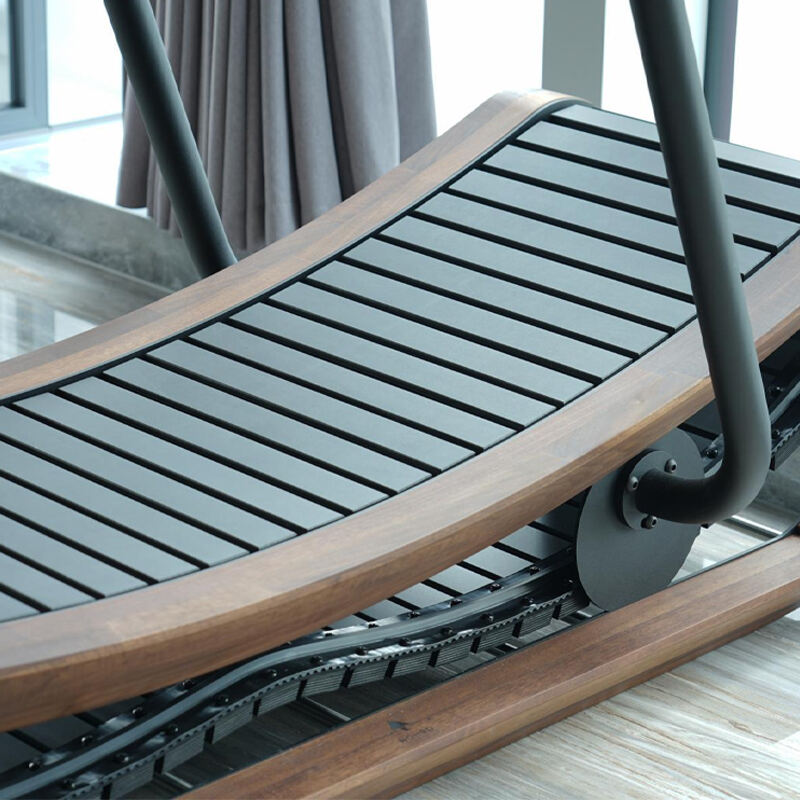When it comes to fitness equipment, non-powered treadmill belts are often overlooked despite their advantages in promoting a more natural running experience.
However, proper precautions must be taken to ensure safety and longevity of the equipment. In this blog, we will explore essential precautions for using non-powered treadmill belts, ensuring you maximize your workout while minimizing risks.
Understanding Non-Powered Treadmill Belts
Non-powered treadmill belts, unlike their motorized counterparts, rely on the user's movement to propel the belt forward. This design not only saves energy but also engages different muscle groups, offering a more challenging workout. However, users must be aware of certain precautions to avoid injuries and maintain the equipment effectively.
Before using a non-powered treadmill, it’s crucial to conduct regular maintenance checks. Inspect the belt for signs of wear and tear, ensuring that it is properly aligned and tensioned. A loose or misaligned belt can lead to accidents or damage to the machine. Regularly lubricating the belt can also enhance performance and increase its lifespan.
Proper Footwear
Wearing appropriate footwear is essential when using a non-powered treadmill. Shoes that provide adequate support and grip can prevent slips and falls. Avoid using worn-out shoes, as they can compromise your stability and increase the risk of injury. Opt for lightweight, cushioned shoes designed for running or walking to enhance your experience on the treadmill.
Start Slowly and Build Up Gradually
If you are new to using non-powered treadmills, it is advisable to start slowly. Begin with short sessions at a comfortable pace to allow your body to adapt to the unique mechanics of the equipment. Gradually increase the intensity and duration of your workouts as you become more accustomed to the treadmill. This approach helps prevent overexertion and reduces the risk of injury.
Maintain Proper Form
Maintaining proper form while using a non-powered treadmill is crucial for both effectiveness and safety. Keep your back straight, shoulders relaxed, and arms at a comfortable angle. Avoid leaning too far forward or backward, as this can lead to muscle strain or loss of balance. Focus on your foot placement and stride length to ensure a natural and efficient movement.
Stay Hydrated and Listen to Your Body
Hydration is key during any workout, and using a non-powered treadmill is no exception. Ensure you drink enough water before, during, and after your exercise sessions. Additionally, pay attention to your body’s signals. If you feel fatigued or experience any pain, take a break or stop your workout. Ignoring these signals can lead to serious injuries.
Industry Trends
As the fitness industry evolves, the popularity of non-powered treadmills is on the rise. More consumers are seeking eco-friendly and energy-efficient workout options. This trend is further fueled by a growing awareness of the benefits of functional fitness, which emphasizes natural movements and body mechanics. As technology advances, we may see innovations in non-powered treadmill designs that enhance user experience while maintaining safety standards.
In conclusion, using non-powered treadmill belts can be a rewarding experience when proper precautions are taken. From regular maintenance to ensuring the right footwear, these steps are essential for maximizing your workout and minimizing risks. Embrace this trend towards more sustainable fitness options, and enjoy the unique benefits that non-powered treadmills offer.

 EN
EN
 AR
AR
 HR
HR
 DA
DA
 NL
NL
 FR
FR
 DE
DE
 EL
EL
 HI
HI
 IT
IT
 JA
JA
 KO
KO
 NO
NO
 PL
PL
 PT
PT
 RO
RO
 RU
RU
 ES
ES
 TL
TL
 IW
IW
 ID
ID
 SR
SR
 SK
SK
 UK
UK
 VI
VI
 TH
TH
 TR
TR
 AF
AF
 MS
MS
 IS
IS
 HY
HY
 AZ
AZ
 KA
KA
 BN
BN
 LA
LA
 MR
MR
 MY
MY
 KK
KK
 UZ
UZ
 KY
KY
